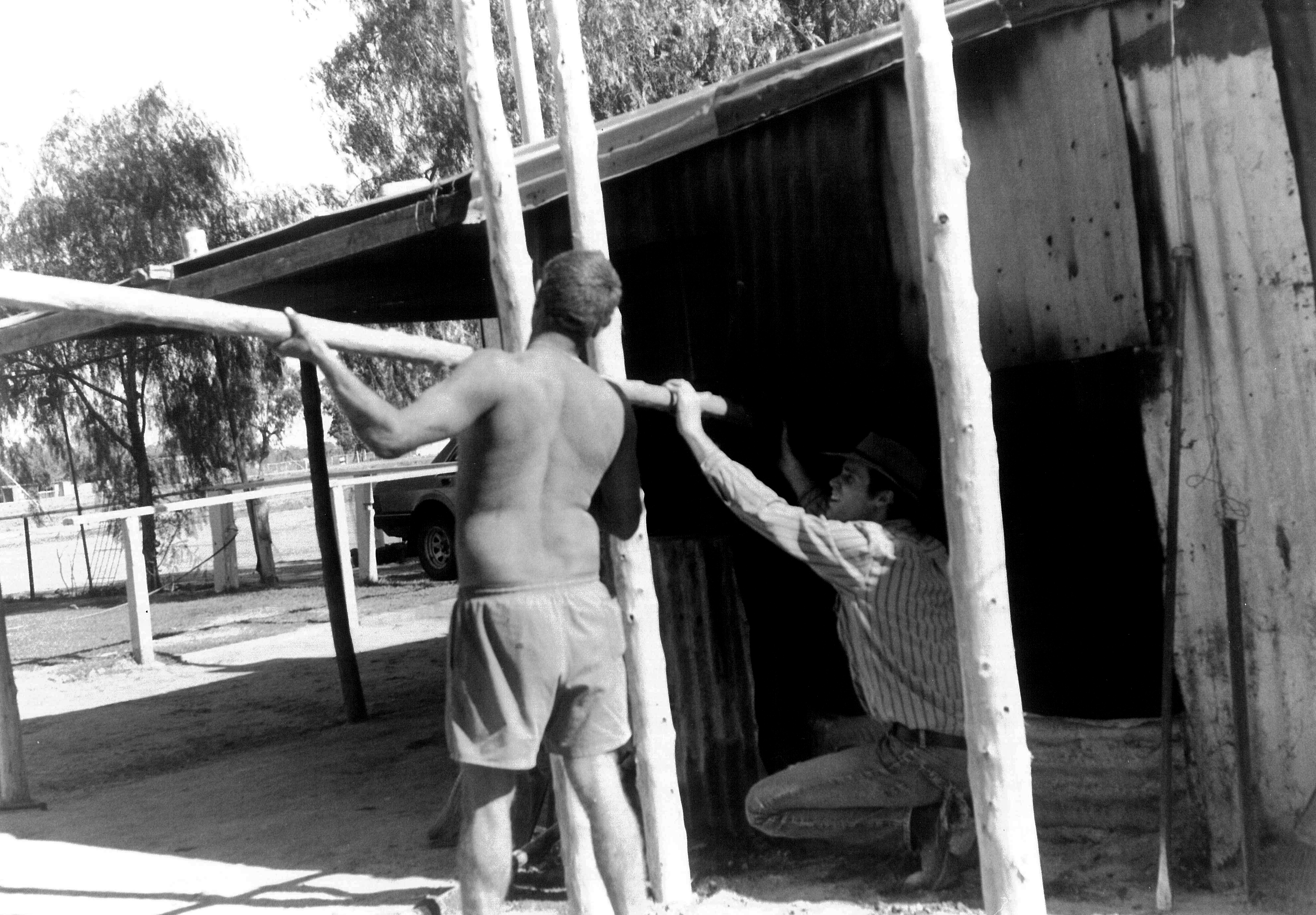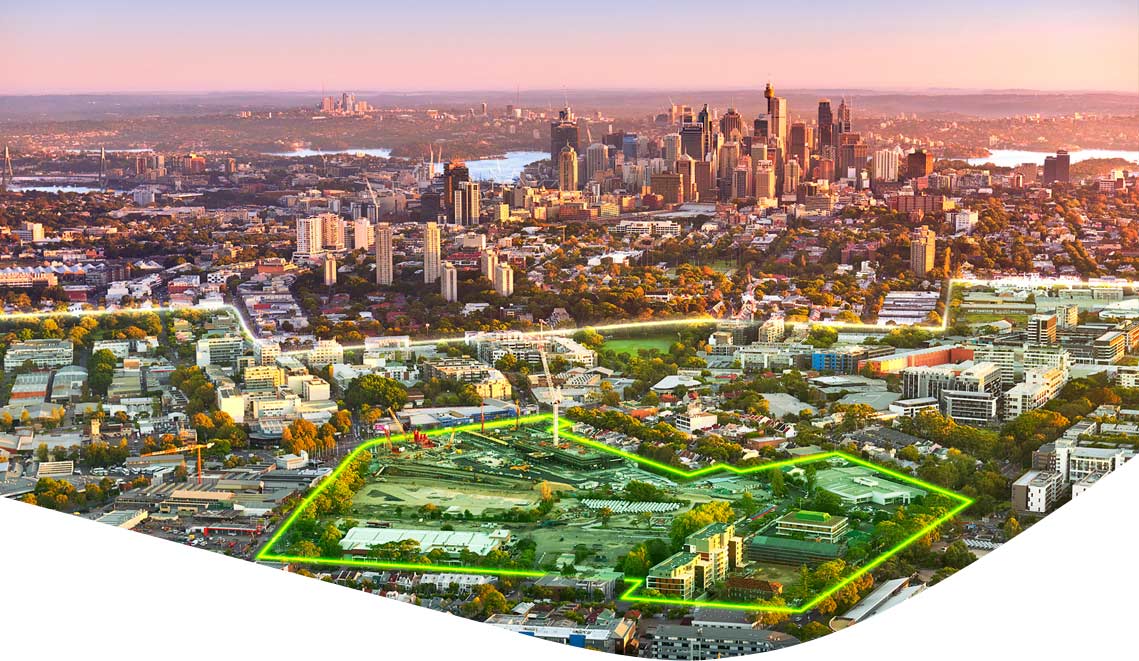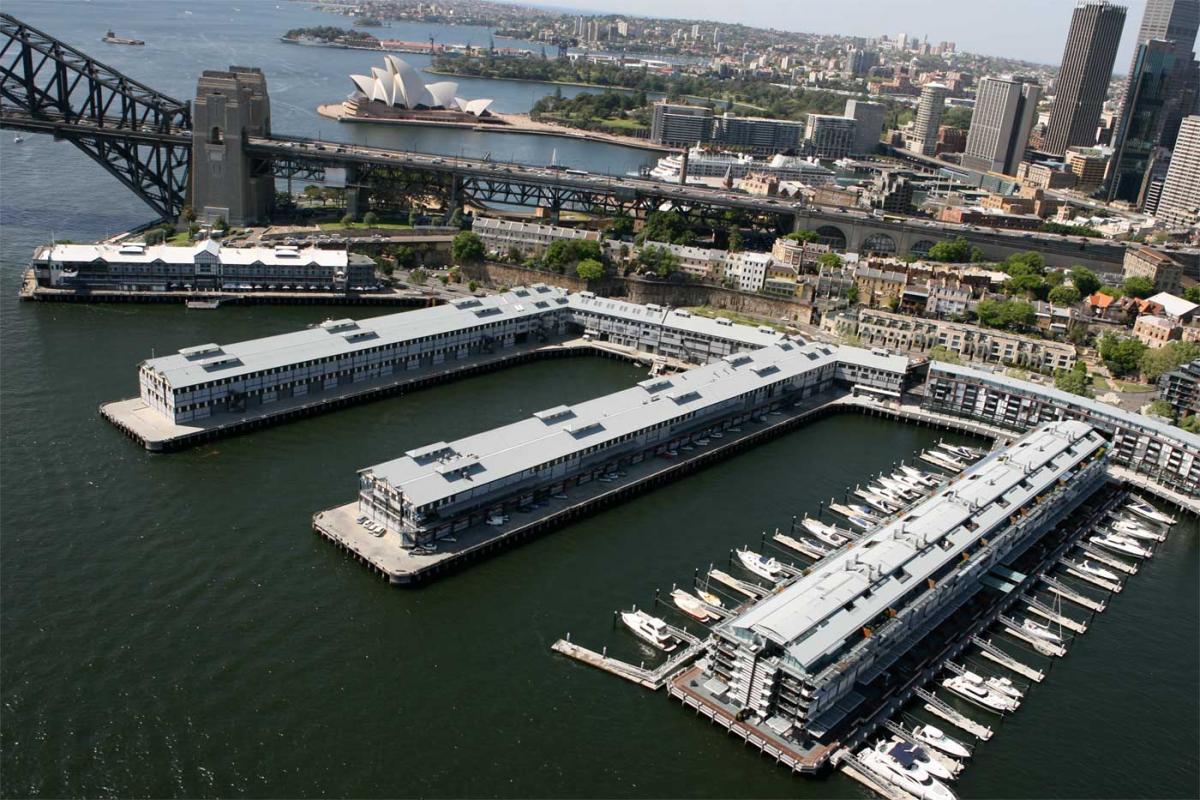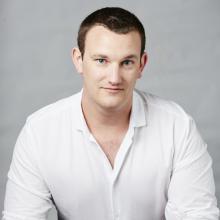
Ken McBryde is a Principal at HASSELL and a design leader at the Sydney studio. Drawn to complex design challenges that demand innovation, he is also driven by a strong commitment to social and environmental sustainability. The self-confessed “architect of adventure” is consumed by the theory and execution of sustainability and materials technology. Here, he talks about what makes cities great, why Sydney now thinks it’s cool to move back to the CBD, and how to ensure architecture always has soul.
STEVE NAPIER: Do we need very tall buildings? Do we need high-rise living?
KEN MCBRYDE: It’s a very interesting question that we talk about a lot in the Council on Tall Buildings and Urban Habitat: the efficiency of really tall towers versus a denser walk-up/mid-rise typology like Paris. I think it’s a question of a mix of cities, a mix of placemaking.
With the populations we’re dealing with here in Sydney, we don’t have that inner-city density, so height is the only way we’re going to do it. We have a city designed for cars. The configuration of our blocks and the way our city is laid out—the commerce around our development industry is about maximising land value so towers is our default response.
But surprisingly, Sydney certainly is a city of stumpy towers, most of which would be more elegant if they were taller. But for now, we have to strictly respect shadow limitations to public space, and that's not a bad thing.
Topmost image: Ken McBryde learning from ethno-architect Clem Orcher by helping him build a fireplace using galvanised iron from the whitefella rubbish tip and naturally termite-resistant local cypress pine.
SN: What can you say about Green Square in Sydney, where the plans call for a density of 22,000 people per square kilometer?
KM: Green Square is definitely worth testing higher densities. Victoria Park, for example, lacks that kind of density and suffers as a result—its streets are too wide and, as a result, lacks energy. Green Square is on the train line, between the City and close to the airport—not far from universities parks and beaches.

new town centre in 100 years.
Sydney definitely needs greater density—transport-oriented development is the right way to increase density. Density brings with it vibrancy. I’m not afraid of density. I think it’s our friend. Personally though, with density and vibrancy comes the need for relief—I mean quiet and green, and when I don't find it in the city I seek it in the bush. Dense cities that lack suitably generous amenity generate an exodus to the country or the coast on weekends—certainly they do for me.
SN: Are we getting to the end of the lives of very tall buildings?
KM: Sydney has no very tall buildings. I think that’s one of the missed opportunities in Sydney right now. Many buildings could have benefited from a little bit more height.
Aurora Place and 1 Bligh Street are two glaring examples of lovely towers that are shorter than their neighbours. The new 200 George Street building by FJMT is a beautiful building—it’s also a pity it’s not taller! Internationally, “super tall” is, as we are seeing, gaining momentum. I love the super-slender residential towers in New York.

If we want to go taller, we will need to start working with, even harnessing, the forces of nature such as wind and earthquakes, and not fighting them. There is no reason why we shouldn't be harvesting the energy in buildings as they move in the wind. Any movement in a structure generates energy. Its simply a matter of capturing it.
SN: Is what clients want now very different to what they wanted back when 40- to 50-stories-high buildings were designed in the 70s, 80s, and even early-90s?
KM: In Sydney, there’s been a run to the fringes of the city, which is Barangaroo. That’s the three Barangaroo towers, very large floor plates. When The Bond, the home office of Lendlease, was done, the size of the floor plates, I think, was unprecedented in Sydney. It was a lovely diagram for a building—it backs up against this sandstone wall, and had a very innovative chilled-beam system for its time in terms of cooling and ventilation in the Australian context, among other things. I think it was finished around 2005, maybe. The Bond was a very large-format floor plates.
On the edge of the city, where you could build a large floor plate, where the three Barangaroo towers are, we’ve never seen that type of typology before in Sydney—well over 2000 square meters. These are very big floor-plate towers and quite close together.
That’s what’s been going on. I think with the tech kind of thing, there’s been a flight back to the CBD. Martin Place now is where it’s cool to be. There are smaller, creative organizations that want to be in the CBD because of the “bump factor,” that third space, meeting like this, on the edge of not actually in your office where we’re seeing our clients walk past… that’s what make a city great. There’s a run back to falling in love again with our inner-cities.
Yes, the floor height in some of these older commercial buildings are not adequate for the heat we generate with computers, but that’s turning around now. This heat means we need more air-conditioning capacity, more ceiling space, but that will change—computers won’t always generate this kind of heat. In the meantime, I would love it to be converted into multi-residential.
What interests me about architecture is finding a base robust building that will stand the test of time. The most environmentally sensitive thing we can do is reuse. I ride a 60-year-old motorcycle. It sure doesn't have a catalytic exhaust converter, but at least I haven’t bought a new motorcycle.

Architecture really motivates me when we understand it so very well, when we work to such a level of detail of execution. HASSELL’s Walsh Bay Wharf, for example, when you understand what those funny-looking sloping ramps are and the configuration of the geography—Pottinger Street up behind us here is higher, it comes straight into that upper level of the wharf—it’s all been configured to make the loading of wool bales into ships less arduous. To the casual observer, it’s a clunky old wharf building, but when you understand how things work, feel the care and craft that were invested in architectures’ making, you will then feel the soul and appreciate the beauty of something.
If we can subtly communicate how something is made, how things work, if people appreciate the buildings and the spaces in-between, and if the architecture can be “read” a little bit, that’s what I like to achieve. I am very suspicious of exuberant form or expression that feels like it's been motivated by a preoccupation for magazine content, not users or clients.
SN: I suppose architecture is not just about you as an architect, but about the end user actually appreciating it because, yes, it works well. I don’t have to walk too far, I don’t have to spend too much on power bills, and yes, it is beautiful. How do architects get that balance?
KB: I thinks some of us try too hard, try to be too clever, try to be too theoretical. You asked me in the beginning what it’s all about. It’s about people—does it put a smile on your face; does it give you a little glow; can you feel the soul of the project? I think that actually comes from care and generosity.
When there’s a deep level of care, execution, and commitment at all stages of a project, it will stand the test of time. Even if it’s provocative in the beginning, even if it’s innovative and a little in-your-face, if it is that way for the right reasons…
SN: How do you put soul into your architecture?
KB: It comes with care, craftsmanship, and materials from everyone in the team. You have to start with a client whose vision aligns with yours, whose level of care and commitment is commensurate with yours, or at least with whom we can help learn to care for or share that vision. Some won’t, and those are the clients to avoid. You don’t start unless you have a high level of respect for that client, or else you’re not getting a good project. ![]()
Read the rest of the Ken McBryde interviews here:
* An Interview with Ken McBryde, Part 1
• An Interview with Ken McBryde, Part 3
• An Interview with Ken McBryde, Part 4

